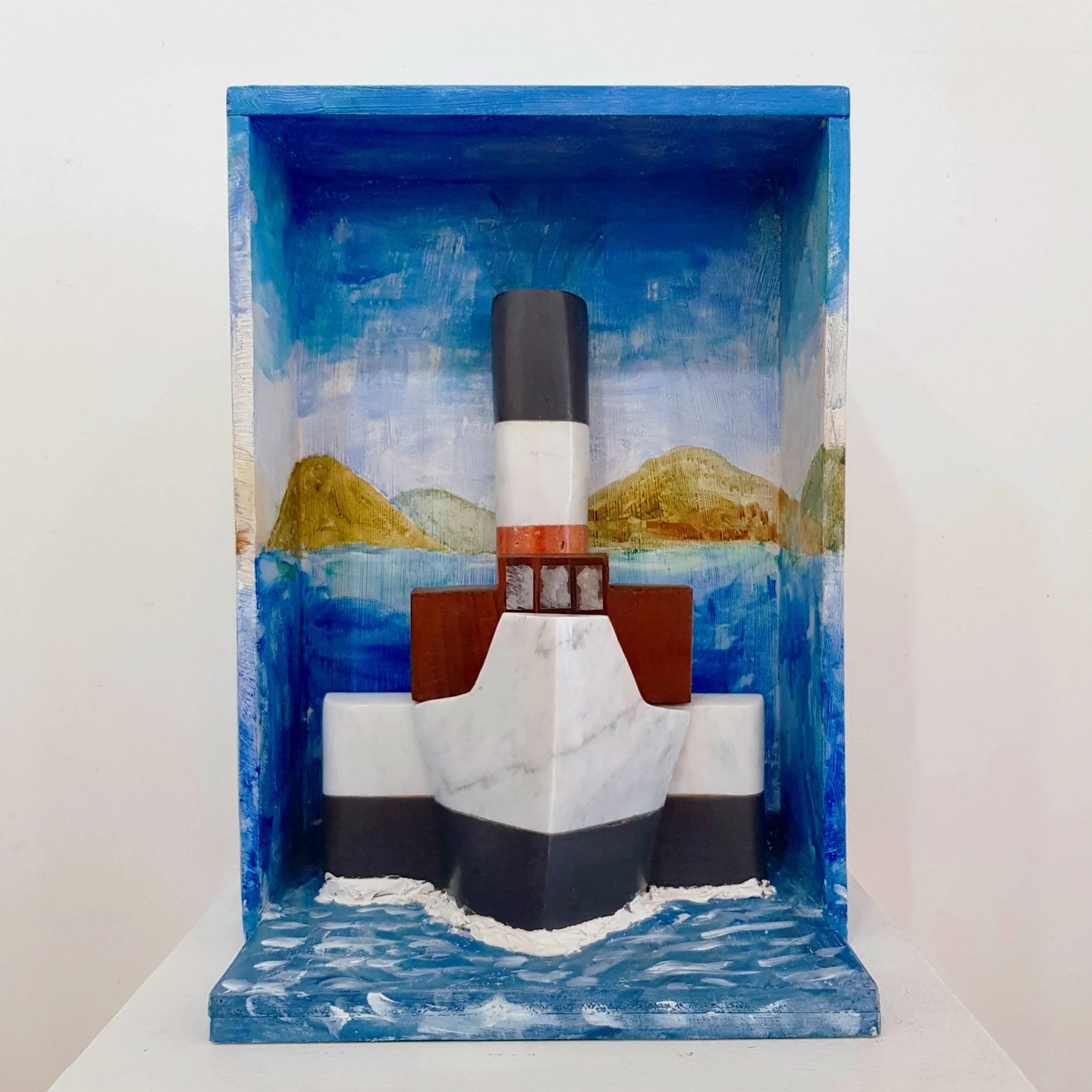Mastering the Market
10 December 2020
Can Old Masters work as an investment?
Huon Mallalieu
Huon Mallalieu is an historian who writes on art, antiques and collecting for The Times, Country Life and The Oldie. He is the author or editor of many books, including The Dictionary of British Watercolour Artists and 1066 and Rather More, a Walk through History. He is FSA and Hon RWS.
Attributed to Francois Quesnel (1543-1619), ‘Portrait of a noblewoman’, circa 1584-88, oil on oak panel, 50 x 37.5 cm.
Although a generalisation, one might say that for decades after the Second World War the art market’s reaction to financial booms and busts or political crises was consistent. When all was stable the contemporary did well, with buyers happy to plunge on new and lesser known artists; when the present was tough and the future uncertain, they turned to more traditional art.
A couple of historical examples illustrate this. When the Apartheid regime was confident, South Africans bought South African paintings; when it was under threat, demand was for portable works with international appeal, such as 17th century Dutch flower pieces. During the Allende and Pinochet upheavals Chilean buying also turned from the local to the universal, and in Australia much the same could be observed around the time of the Gough Whitlam affair.
However, this belief in Old Masters as a safe haven was probably in decline, even before the market dislocation brought about by the pandemic. Among their attractions for investors during previous upheavals were the likelihood that they would at least hold their value until times improved, and that if they had to be lived with in the meantime, such assets should provide visual comfort on the wall. Unless heavily supported by their dealers, the reputations of contemporaries might prove evanescent, and whatever curators may believe, we do not always wish to be “challenged”.
Regarding investment, in the words of a dealer with 50 years’ experience: “as the warning for stocks and shares says, values may rise or fall”. The universally recognised names will always be in demand, even despite problems of condition, as the $450m Leonardo Salvator Mundi demonstrated. However, despite “sleepers” in sales and some remarkable rediscoveries over the last couple of years, particularly in unexpected corners of the French provinces, so much of the best has now gone to museums that supplies are drying up. While not quite a sleeper, there was certainly a remarkable change of fortune for the Portrait of a Lady by Sir Peter Paul Rubens which made £3.015m at Sotheby’s last July. In 2017, catalogued only “Workshop of Rubens”, it had reached just £60,000 in a Yorkshire sale.
Francis Cotes R.A. (1726-1770), ‘Joyce Crowther, Lady Lake (1744-1834) as Diana’, circa 1767, oil on canvas, 126 x 101 cm.
As the supply of older art has shrunk, its place at the top of the market is naturally taken by the 20th century Moderns, now themselves becoming venerable and more rare. This is reflected in the current practice of the major salerooms to present the very best on an interdisciplinary basis, including antiquities, furniture, European and Asian works of art with both old and new paintings. A new generation of collectors is willing to enjoy mixing and matching in this way.
The middle market is more problematic. Potential new clients may not have the background general knowledge of previous generations. Many people no longer understand the religious and classical languages of the Old Masters; the stories of ideal landscapes may mean little, and the nuances even of more obvious and popular genres, such as still lifes, may be missed.
Russell Strachan of Strachan Fine Art, a specialist in Old Masters and works of art and exhibitor at The Open Art Fair, finds that other than for exceptional things, people no longer automatically think of Old Masters as an “alternative asset class”. He believes that “present times are not like previous recessions, because no one is confident enough to forecast very far ahead, and buyers are extremely cautious.”
Roy Precious, a Wiltshire-based middle market dealer with a speciality in historic portraits from about £5,000 to £40,000, offers sensible advice to clients who “very occasionally ask me about investment potential. I advise them to not consider it as a primary function of the artwork; only buy if the painting ‘talks’ to them. If they have any doubts, I say, don’t buy it.” However, for portraits he finds that for some years the curve has essentially been upwards.
Dealers miss fairs and exhibitions that allowed them to make the business of selling personal, but this last year has shown that more collectors than expected are willing to buy online, especially when offered full refunds if unsatisfied. For success, dealers and auction houses have had to raise the quality of their websites, for instance, putting a viewer next to a painting on a wall so as to emphasise its scale, and, most importantly, illustrating its back as well as its front. Unsurprisingly, the dealers who have shown most online flair and imagination will be best placed to benefit when personal buying returns and the taste for period paintings revives.






